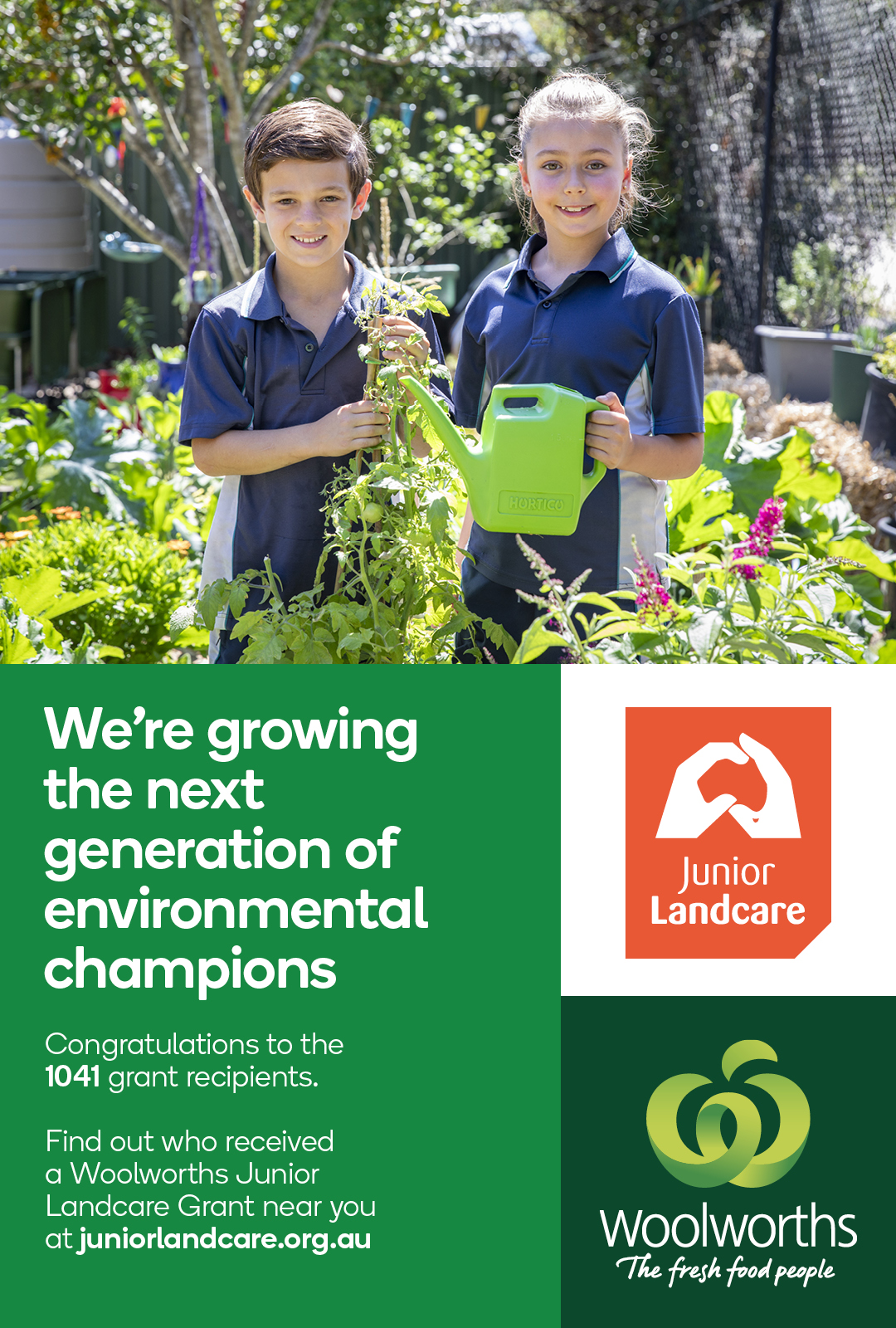News

A group of children and their families from Mornington Peninsula, Victoria are coming to the aid of Australia’s smallest nocturnal bird.
The Natured Kids Junior Landcare Group has teamed up with members of the Mornington Men’s Shed to build nesting boxes for the Australian owlet-nightjar. These will be placed in trees on private properties along Balcombe Creek estuary, in community gardens and nearby woodland and on other private properties with suitable habitat bordering Kananook Creek in Frankston. They will be under-planted with insect-attracting flora native to the Peninsula to increase the chances of occupation by owlet-nightjars.
Environmentalist and freelance teacher Narelle Debenham says the lack of recent sightings of owlet-nightjars had many birdwatchers and environmental enthusiasts concerned until a bushwalker last month photographed one sunning itself at the entrance to a hollow in a tree at The Briars in Mount Martha. Narelle says that while the owlet-nightjar is vanishing from populated areas, it has at times been seen in other urban areas with remnant bush nearby.
The call of the owlet-nightjar is said to be one of the most commonly heard sounds in the Australian bush after sunset. The bird feeds at night on a variety of insects, especially grasshoppers, beetles and ants, and plays an important role in maintaining a healthy ecosystem. Owlet-nightjars mate for life, the female laying three to five white rounded eggs and raising one clutch per season.
This insect-eater, which has cat-like whiskers and measures just 23cm, prefers woodland and is usually difficult to locate during the day as it hides in its roost in a hollow branch or tree trunk. Natural hollows form in trees after 100 or more years of growth and decay, providing shelter from the weather and predators, and safe sites for roosting and breeding. But many of these trees are disappearing, and there’s intense competition among bats, possums, gliders, owls, parrots, antechinus, ducks, rosellas and kingfishers, as well as numerous species of snakes, frogs and skinks, for those that remain.
Artificial nesting hollows can help conserve species traditionally reliant on tree hollows for breeding – and that’s where Natured Kids comes in. Group members Poppy, Pearl, Shyla, Willow-Rose, Jamie, Kimi, Ariele, Marli, Oliver, Jarvis, Rafferty, Aun, Faraz, Adan, Joachim and Warwick were recently invited with their families to work in a Landcare workshop in Mount Martha where, with Mornington Men’s Shed members, they built nesting boxes under the direction of Narelle, Landcare property owner/teacher Tony O’Connor and nesting box enthusiast Jim Greenwood. A small number of these nesting boxes are for sale and the proceeds will pay for the purchase of materials for the group’s unfunded future projects.
Made up of Peninsula families, their children aged four to 16 and primary school environmental leaders, Natured Kids meets weekly to conduct vital intergenerational projects for nature. “Intergenerational teaching and learning enhances our cultural, social, emotional and economic health while expanding environmental literacy and is the most powerful way to acquire new knowledge,” Narelle says.”Such meaningful and long-lasting experiences would not be possible without participation from the Mornington Men’s Shed- Natured Kids are so thankful for their support of the many ‘projects for nature’ over the years. It is great to pass on what you know!”
To learn more about the Natured Kids Junior Landcare Group’s environmental projects, phone Narelle on 0431 791 379 or visit the group’s website, naturedkids.com or Facebook page.
Click here for instructions on how to build your own nesting box.
This article was originally published in the Mornington Peninsula Magazine
 Teachers & Educators
Teachers & Educators Youth or Community Groups
Youth or Community Groups
0 Comments